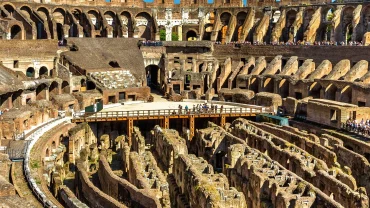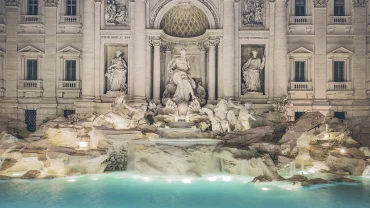The Pantheon, Rome🇮🇹
Built on the site of an earlier temple commissioned by Marcus Agrippa during the reign of Augustus (27 BCE – 14 CE), it was ordered by the emperor Hadrianand completed in 126 CE.
Hadrian chose not to inscribe the new temple but rather to retain the inscription of Agrippa’s older temple: M·AGRIPPA·L·F·COS·TERTIVM·FECIT
It has a coffered concrete dome, with a central opening (oculus) to the sky, allowing rainfall through the ceiling and onto the floor. Because of this, the interior floor is equipped with drains and has been built with an incline of about 30 centimetres (12 in) to promote water runoff.
According to various studies and historians, the Pantheon functions as a giant spherical sundial: throughout the day, light from the oculus moves around in a reverse sundial effect, marking time with light rather than shadow.
Possibly the most interesting engineering feature, the unreinforced concrete dome survived the fall of an empire. Nearly 2,000 years later, nobody has ever built a bigger one: it still is the largest unreinforced concrete dome in the world.
The structure has a diameter of 43.3 meters (142 feet), which is exactly the same as its height, creating a perfectly balanced and visually stunning design. The dome’s construction technique, using lighter aggregate materials in the upper layers to reduce weight, has allowed it to stand the test of time, making it a true testament to the ingenuity of Roman architects and builders.
The secret of its longevity sits in the Roman concrete: produced with calcium carbonate lumps called “lime clasts”, these were previously thought to be the result of poorly mixed concrete, but are now understood to provide “self-healing” properties. Water seeping in through cracks in the concrete has been shown to dissolve the calcium carbonate, creating a solution which then recrystallizes to plug the gaps.
An authentic jewel of the ancient engineering.




Comment (0)